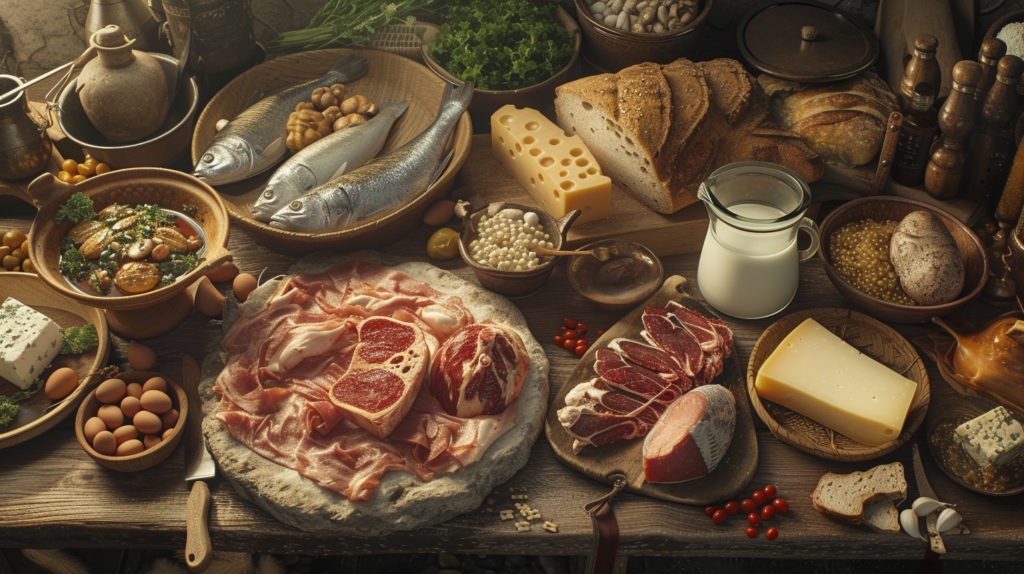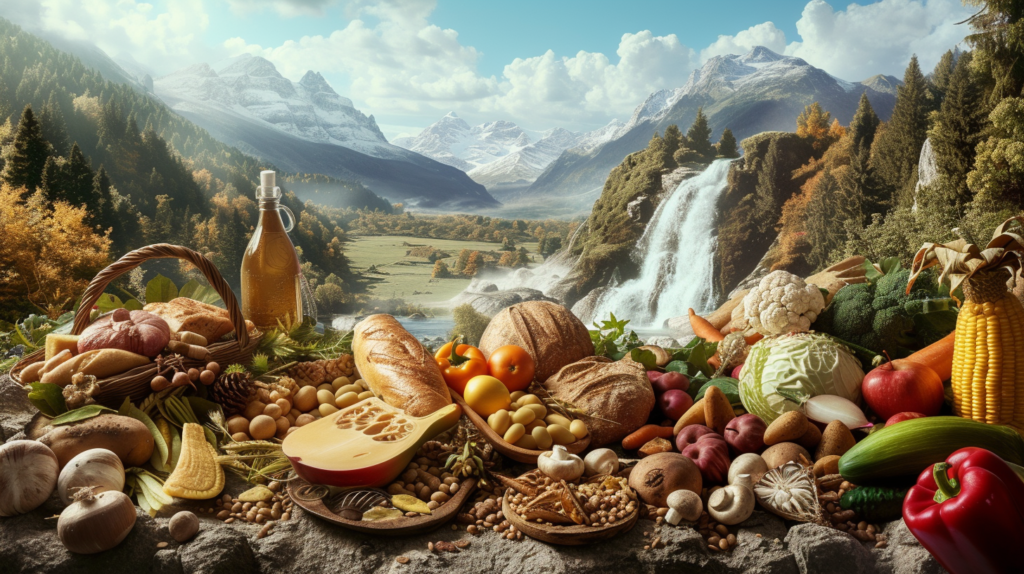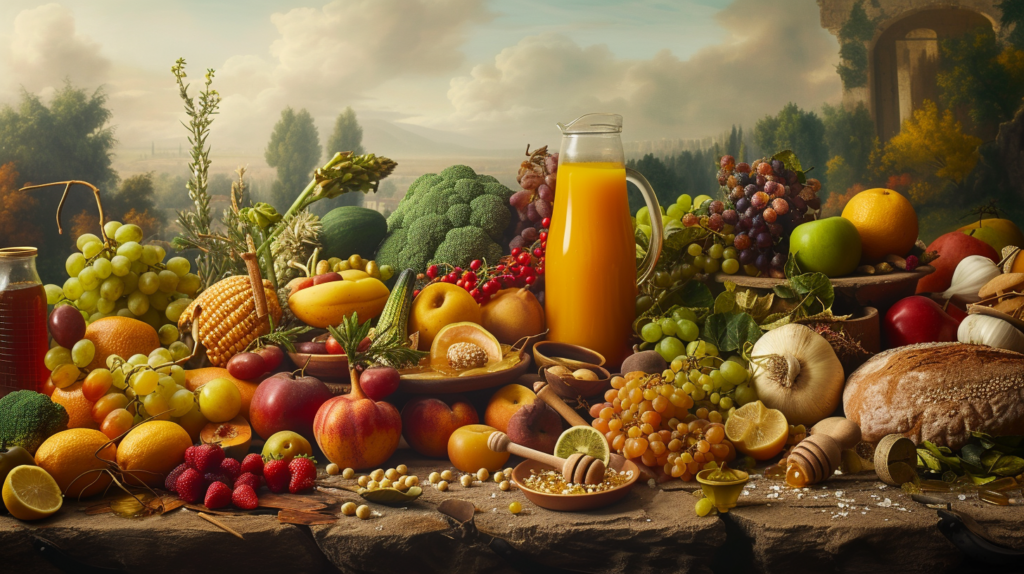The dietary habits of humans 1,000 years ago offer fascinating insights into how our ancestors nourished themselves in harmony with nature. This journey into the past, exploring what humans eat 1000 years ago, reveals a diet centered on natural, unprocessed foods, with a significant emphasis on animal-based nutrition and minimal reliance on processed items. Here, we delve into three critical aspects of this ancestral diet.

1. Predominance of Animal-Based Foods
One of the most notable aspects of what humans eat 1000 years ago was the heavy reliance on animal-based foods. This included meat, fish, eggs, and dairy products like raw milk and cheese. Meat, particularly from game and domesticated animals like cattle and sheep, was a primary source of protein. The consumption of red meat, such as beef, was common, providing essential nutrients like iron, Vitamin B12, and high-quality protein necessary for muscle and brain development.
Fish, though consumed, was subject to regional availability and, unlike today, was free from concerns like heavy metals and microplastics. Dairy products were consumed in their natural, unprocessed forms, such as raw milk and cheese, providing beneficial enzymes and nutrients often lost in modern processing methods.
For more information on early human diet’s, check out our blog here.
2. Fruits, Honey, and Limited Vegetables
The natural sweetness in the diet of humans 1,000 years ago came from fruits and honey. These were essential sources of vitamins, minerals, and energy. The consumption of fruits was dictated by seasonality and regional availability, aligning with the body’s natural rhythm and nutritional needs. Honey was used not just as a sweetener but also for its medicinal properties.
Vegetables played a role but were not the cornerstone of the diet. They were consumed based on necessity and medicinal purposes, often boiled to reduce the presence of natural defence chemicals like lectins, which can be harmful in large quantities. This approach to vegetable consumption reflects a deep understanding of the balance between nutritional needs and natural food properties.


3. Minimal Processed Foods and Natural Water Sources
Reflecting on what humans eat 1000 years ago, it’s evident that processed foods were virtually non-existent. Food was consumed as close to its natural state as possible, without additives or artificial preservatives. This not only ensured the intake of wholesome nutrients but also minimised exposure to harmful substances often found in processed foods today.
Water consumption was primarily from natural sources like springs, rivers, and wells. Unlike modern tap water, these sources were free from chemical treatment, aligning with the philosophy of consuming natural and unprocessed for optimal health. The idea of water undergoing processes like reverse osmosis was unheard of, reinforcing the concept of living in harmony with nature.
In conclusion, understanding what humans eat 1000 years ago provides valuable insights into a diet that was natural, unprocessed, and predominantly animal-based. This historical perspective can inform modern dietary choices, encouraging a shift towards more natural, whole foods for improved health and wellbeing.